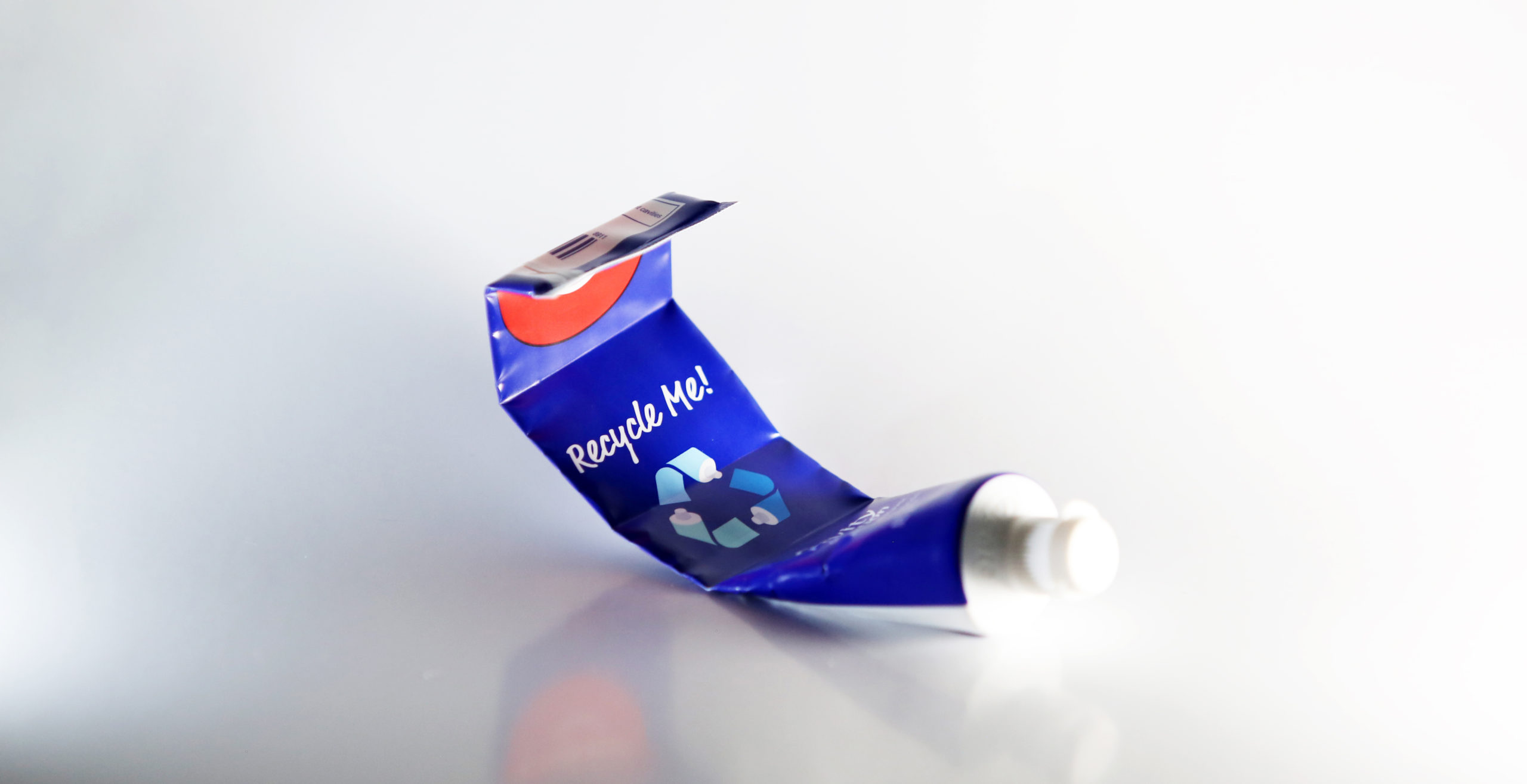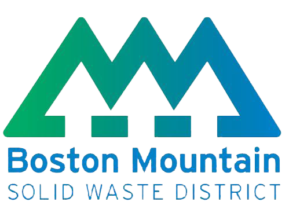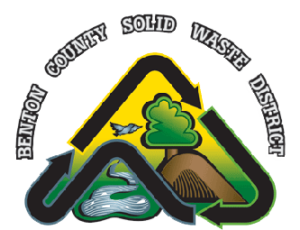It’s been a rough couple of weeks for plastic recycling.
Two reports released last week spotlighted major flaws in the collection and reuse of plastics packages and goods. First the international environmental advocacy group Greenpeace released a study declaring plastic recycling “a failed concept,” in large part, the authors say, because plastic is simply too abundant and comes in too many varieties to handle properly. Then Bloomberg published a report casting doubt on the operations of TerraCycle, a U.S. company that exists specifically to help recycle those multitudes of plastics (and that has a foothold in Northwest Arkansas as well).
Reports like these are constantly in the news, typically centering around plastic in particular but sometimes making it sound like plastic’s problems apply to all recycling. They often raise fair points. They also make NWA’s recycling program leaders cringe, because the generalizations and misunderstandings that follow make it harder to educate the public and build trust. Here’s the breakdown.
Plastic can be, and is, recycled*
Let’s get this out of the way: Despite headlines like “Recycling plastic is practically impossible,” which stemmed from the Greenpeace study’s fuzzy math, several types of plastic are recycled by local recycling programs. They collect bottles and jugs marked #1 or #2 on the bottom — 670 tons of them last year just in the programs that can give a breakdown by material, which many can’t do. Those tons go into new bottles and jugs but also into items like carpeting, polyester fabric and even new recycling bins. The city of Fayetteville, for its part, tells its residents exactly where every ton went.
*However…
There are several caveats.
First, if any non-bottle plastic goes into a local recycling bin, then it probably went to the landfill anyway. NWA programs in general aren’t equipped to handle, sell and ship non-bottle plastics. If there’s too much of these wrong plastics at a given time, then the whole load, good and bad, might have been thrown out.
This isn’t trickery: It’s a basic lack of communication and shared understanding between recycling programs and the public about how to recycle.
A recycling “chasing arrows” symbol on a piece of plastic doesn’t automatically mean it’s recyclable in your local program.
Plastics can be recycled conventionally only a handful of times before their molecules break and degrade too much to be useful. The fibers in paper and cardboard have only a few cycles in their useful life as well, though they have the advantages of growing back and being biodegradable.
And it goes without saying: There is a lot of plastic that doesn’t come in the form of a recyclable bottle or jug.
Endless forms most useful
The crux of both recent reports comes down to the virtually limitless permutations of hydrocarbon compounds that are collectively labeled plastic, as this blog previously discussed.
Just look around the room you’re in right now and try to find all of the plastic. Light fixtures. TVs. Computers. Staplers. Pens. Halloween costumes. Halloween candy wrappers. The frames on the wall and the little tabs on folders in the filing cabinet. The carpet. Empty chip bags in the trash can. The trash can. Are you reaching for that stress ball yet? It’s all plastic: cheap, lightweight, useful and overwhelmingly diverse.
As the Greenpeace report notes, these plastics cannot be recycled feasibly in today’s world. It would require separating all of the varieties and gathering enough volume of each one — literal tons at a time — for the cost of transportation and reuse to be worthwhile for recyclers and manufacturers. And if you do less separating, you’ll likely get junk plastic that can only be “downcycled” into junk things. (A recycling program that takes anything you want to throw in is a red flag for this reason.)
TerraCycle aims to gather a wider variety of plastic packaging by using scattered drop-off points and the mail. But the economics still aren’t working out well, according to Greenpeace and Bloomberg’s reporting, which included planting GPS trackers in waste bound for TerraCycle. They say that this plastic gets stockpiled in warehouses for months or years, with no manufacturer looking to buy them, and may simply be landfilled in the end. TerraCycle maintained that its collections are genuinely recycled and were rarely landfilled by mistake.
A related issue is the stuff that goes inside plastic containers. If you had nothing but clean, empty #2 plastic milk jugs to recycle, you could probably recycle that material into new milk jugs at least once. But recycling operations don’t typically have such a pristine pipeline of material. This category of container, after all, is also used for motor oil, clog removers and pesticides. Because of chemical residue in the mix, only the most stringent and specific recycling system could safely send old milk jugs into making new ones.
Finally, plastic manufacturing and processing brings health and environmental hazards such as toxins that particularly burden workers and nearby communities. To this point, NWA actually makes an appearance in the Greenpeace report. It cites Lowell residents’ complaints this year of plastic “dust” from a nearby decking manufacturer that uses recycled plastic film. The company, MoistureShield, said at the time that it was complying with or exceeding regulations, and a city inspection officer said he also was working with the company to make the site cleaner.
So where does that leave us?
In sum, a few quick points:
- Plastic bottles are recycled in Northwest Arkansas.
- Plastic recycling has flaws and shortcomings.
- If a plastic item is needed and used — and if it’s getting recycled into another item that’s needed and used — that’s better than nothing, generally speaking.
- The flaws in plastic recycling don’t apply to the other things going into your recycling bin. Glass bottles and aluminum or steel cans, for instance, can be melted down and reused forever with no loss in quality.
- Many of the issues described above aren’t the fault of recycling systems but stem from broader issues of product design and customer behavior.
- Greenpeace’s report calls on companies to devote resources to reuse and packaging-free systems and to stop using single-use plastics. A Bloomberg expert noted that there’s a growing push to make plastic packaging consistent and simple. You can also choose products with more recyclable or reusable packaging as well as reusable bottles and containers to reduce waste.














